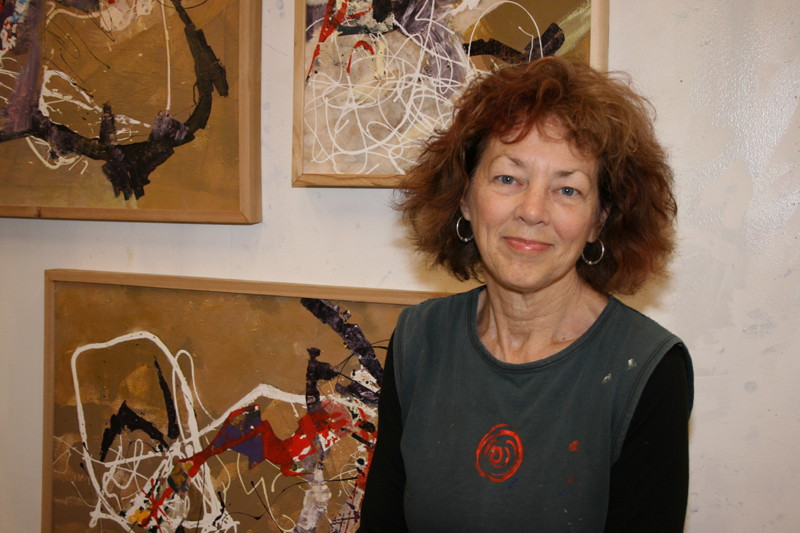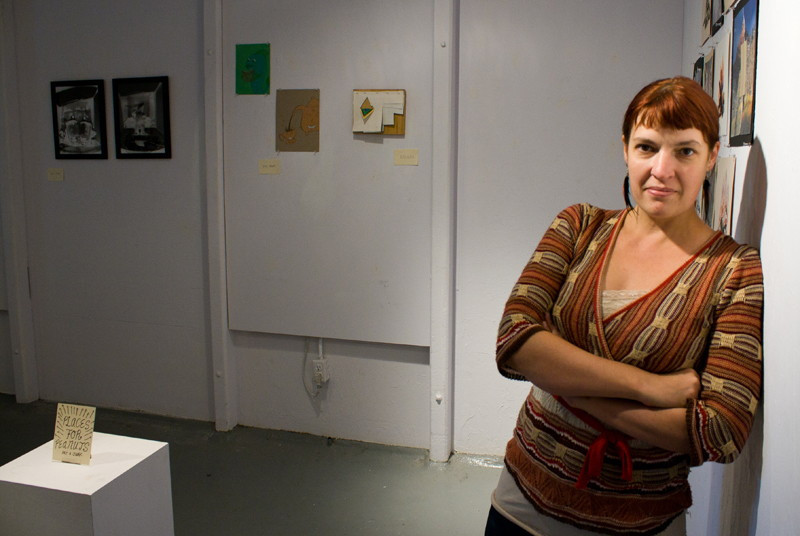The right space can make or break your creative vision
Where artists work isn’t always a decision, but it has major effects on what they produce
It may not be as profound as inspiration or as complex as technique, but the place and the space where art happens play an important role in the creative process.
“My mental state and how I am feeling is really affected by the actual physical space,” says Katharine Bruce, a renowned local painter who hails from New York City.
The factors include everything from the size of the space to the amount of light and what kind of setting it exists within, be it urban or rural or somewhere in between. There’s really no saying what might influence the artistic process.
“If I go down to my studio and I’m feeling kind of calm and balanced and grounded and ready to work, and I get down there and there’s a lot of noise going on around me, I won’t want to work the same way as if it were quiet,” Bruce says, who works in a large studio on Portage Avenue East.
But it doesn’t need to be that extreme.
“Here I’m hearing seagulls every day,” says Bruce. “In Winnipeg, I would probably hear pigeons cooing every day.”
On one hand it could be something as subtle as which kind of bird happens to be outside the window, but on the other hand, and at the other end of the process, there are deliberate decisions that also affect a piece of art.
Elise Nadeau, program director at the Edge Gallery on Main Street, explains that space also plays an important role in how she presents finished art.
“We’re thinking of getting a person to dissect a heart, so that’s going to affect the presentation of the pieces,” Nadeau says of an upcoming Non-Valentine’s Day showing at Edge Gallery.
“We’re going to have all this cheesy, ex-boyfriend and girlfriend stuff up, which would seem like a cute kitschy show sort of, but having that person there dissecting a heart brings all of that a whole new meaning,” she says.
It’s this kind of statement that requires the presentation of art to be as careful as its creation.
“Artists usually hang their own work, because the presentation is key and it’s part of the artwork,” says Nadeau. “What’s happening is that lots of artists are becoming more multi-disciplinary nowadays, so you don’t necessarily just have a painter.
“You’re going to have someone who is a painter put a sculpture in front of that painting. That painting behind that piece is going to affect how that piece is perceived.”
Bruce agrees that the wrong space can be detrimental to artwork.
“I like the idea of having my work in spaces that enhance the work,” she says.
And much like the dissecting of a heart, other activities in the vicinity, such as a café or other business, might add unwanted meaning to an artist’s work.
“Some people might not want their stuff there because of the way it’s presented. It would give a certain meaning to the artwork,” says Nadeau.
Having any people around at all can be a big issue for artists who are easily distracted.
Nadeau recently set up the MC3 Main Street Clay Community Centre and noticed that people don’t necessarily feed off of social interaction while working on their craft.
“I fashioned it on the university setting where it was a big open space with lots of people working together,” says Nadeau. “I knocked down walls because I thought it would be a lot nicer for people to work around other people, but to my surprise there was one little cubby hole and everyone wanted that space. They said they didn’t want to get distracted.”
Bruce says that her work also depends on solitude.
“For me I just need to be in my own space doing my own work, and if I’m not doing that then I feel a little agitated,” she says. “I don’t need to talk about art, I need to just be doing it.”
She admits that having her own studio space is a luxury most artists cannot afford. Working on art in the same place that you live can be difficult.
“You don’t maybe have quite the same focus,” says Bruce. “You wander downstairs to the kitchen and then you forget that you were actually painting, and then you get a phone call. I don’t have a phone at my studio.”
Nadeau, who attends a weekly drawing group, says that the changing venues and people have noticeable effects in the artistic production.
“We always comment on how much it changes,” she says. “It seems less serious and more dirty when we’re having drinks at a bar as opposed to sitting around someone’s house.”
“Environment affects art big time - consciously and subconsciously,” says Nadeau.
Published in Volume 66, Number 8 of The Uniter (October 19, 2011)








